Heating your greenhouse in the winter can be tricky and expensive. While there are some plants that will be impractical to grow in the winter, there are still many techniques to provide adequate heat for some plants to have year round crops.
To heat a greenhouse in winter for free, the best ways are to use insulation, store thermal energy, and using compost (since compost generates heat). All 3 are effective ways to produce heat and retain heat in a greenhouse.
You may be thinking that having a greenhouse in the winter is going to be pricey but in all honesty there are many ways to get around the expense of buying heaters and expensive lamps.
Where to start
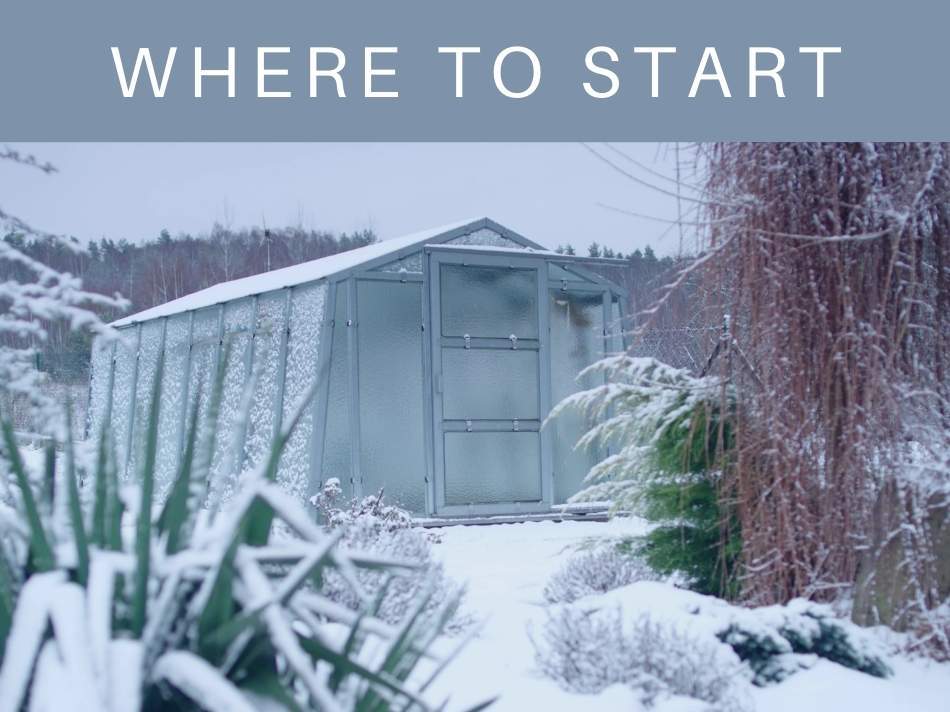
There are lots of ways to heat your greenhouse in the winter for free.
But the most important step is to insulate your greenhouse properly so that any heat you create or receive will not be lost.
To insulate your greenhouse, you can use bubble wrap. The bigger the bubbles, the better. Using horticultural bubble wrap will last you longer but if you have some bubble wrap laying around that will work–you’ll just need to replace it more often, since horticultural bubble wrap is more durable than most other kinds of bubble wrap.
To insulate your greenhouse with bubble wrap, put the bubble wrap on the inside of the greenhouse.
After correctly insulating your greenhouse, there are a few options to heat your greenhouse for free, including:
- Natural heat from the sun
- Thermal Mass
- Compost
These are all free methods for heating your greenhouse. Some of the methods are more effective than others but they’re all good options, and can help raise the temperature in your greenhouse, which can make a world of difference for your plants.
Sun and Insulation
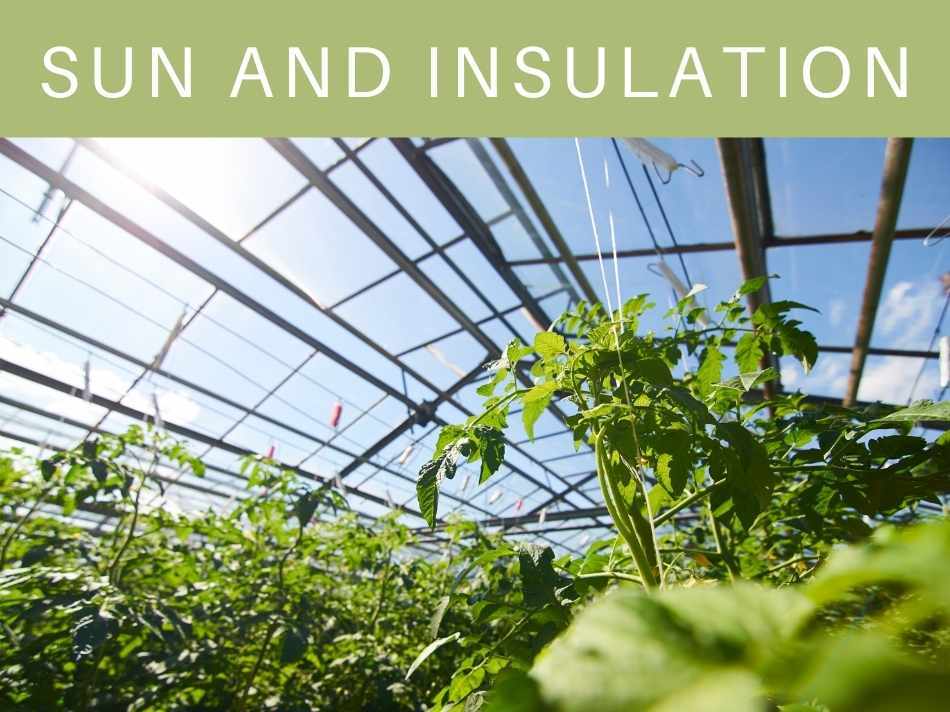
One of the easier methods is to use the sun and insulation, since the sun is a free source of heat. While it’s easy to use the sun in the summer, it’s more difficult–but not impossible–to maximize the heat received from the sun in winter. The sun isn’t out as long, and its intensity is less than during summer.
To optimize the amount of heat you can get from the sun, make sure that your greenhouse is located in an area that’s not shaded. You’ll also want to properly insulate your greenhouse.
The best position for your greenhouse will be in places where it’s not shaded, so the sunlight can come into the greenhouse. To maximize the sun coming into your greenhouse, use transparent plastic for insulation as semi-opaque materials or opaque materials such as aluminum. Horticultural plastics are specially made for greenhouse insulation, but regular bubble wrap will suffice.
Using thermal mass to heat a greenhouse
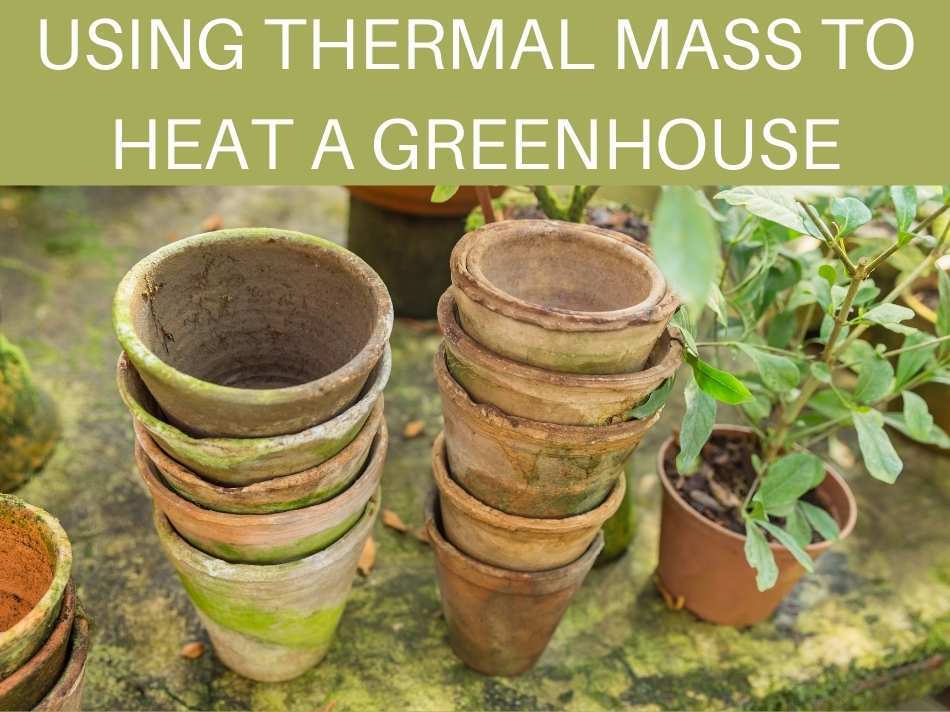
Thermal mass is a way to retain any heat in your greenhouse–whether the heat is produced by the sun, a heater, or another method.
Simply put, thermal mass is essentially using objects to your greenhouse that absorb heat. Those objects will later release the heat when it gets colder.
Thermal masses will raise the heat in your greenhouse by a few degrees–which can a huge difference for your plants.
Thermal mass will not create heat, but it’ll retain & release heat gradually–for example, during nighttime to prevent your greenhouse from getting below freezing.
Thermal mass works best using objects and materials that have a high heat capacity. That way, the mass can store more heat during the day, then release the heat at night when the air temperature drops.
Some easy objects to add to your greenhouse that can be used for thermal mass are:
- Soil
- Buckets of water (to maximize heat absorption, paint the buckets black)
- Dark sand, gravel, or stones
- Ceramic pots
- Concrete blocks
- Paving bricks or blocks
These objects have a higher heat retention than air. So, make sure to put them where they get the most direct sunlight.
If you have any plants that are more heat sensitive than others, place those plants closer to the thermal mass. It’s important to note that darker objects absorb more heat from the sun. So if you are choosing to go the stone or ceramic route, pick darker stones.
Below is a chart of the heat capacity some objects have in comparison to air to help you better pick what object to use for thermal mass.
Thermal mass of various greenhouse materials
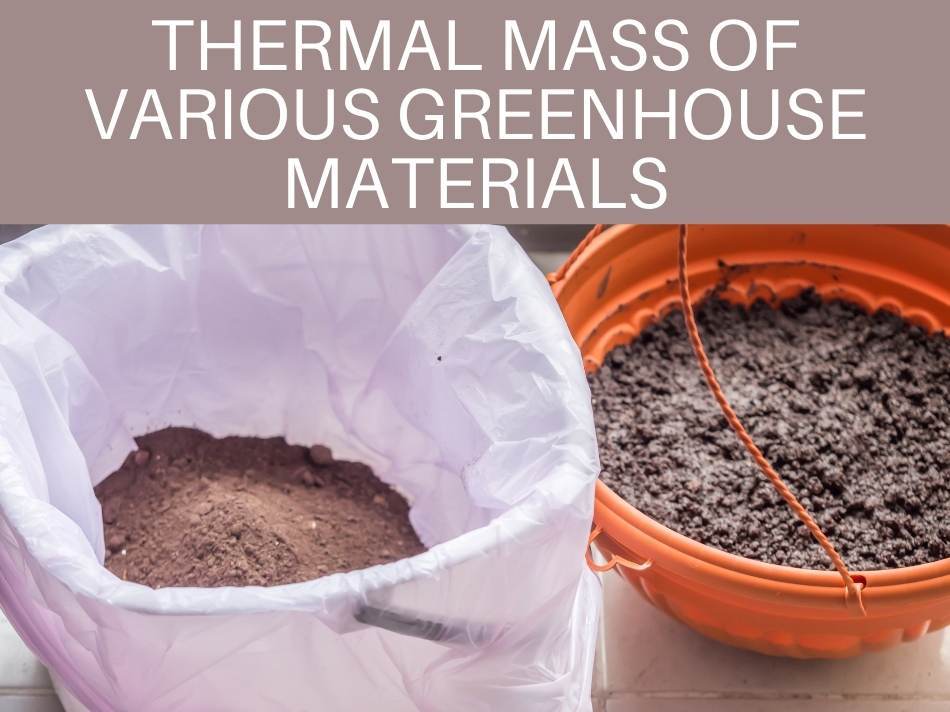
| Material | Heat Capacity (JKg^-1K-1) | Compared to air |
|---|---|---|
| Air | 993 | n/a |
| Water | 4200 | 4.23 times more heat capacity than air |
| Wet Soil | 1480 | 1.49 times more heat capacity than air |
| Stone | 1000 | 1.01 times more heat capacity than air |
| Concrete | 1000 | 1.01 times more heat capacity than air |
| Dry soil | 800 | 0.81 times more heat capacity than air |
As you can see in the chart, water has the highest heat capacity–more than 4 times more than air. So, water is the best option to use for thermal mass, but the other materials are useful and will help with small amounts of heat absorption. Besides, you can’t build a greenhouse entirely out of water. 🙂
Compost to heat a greenhouse
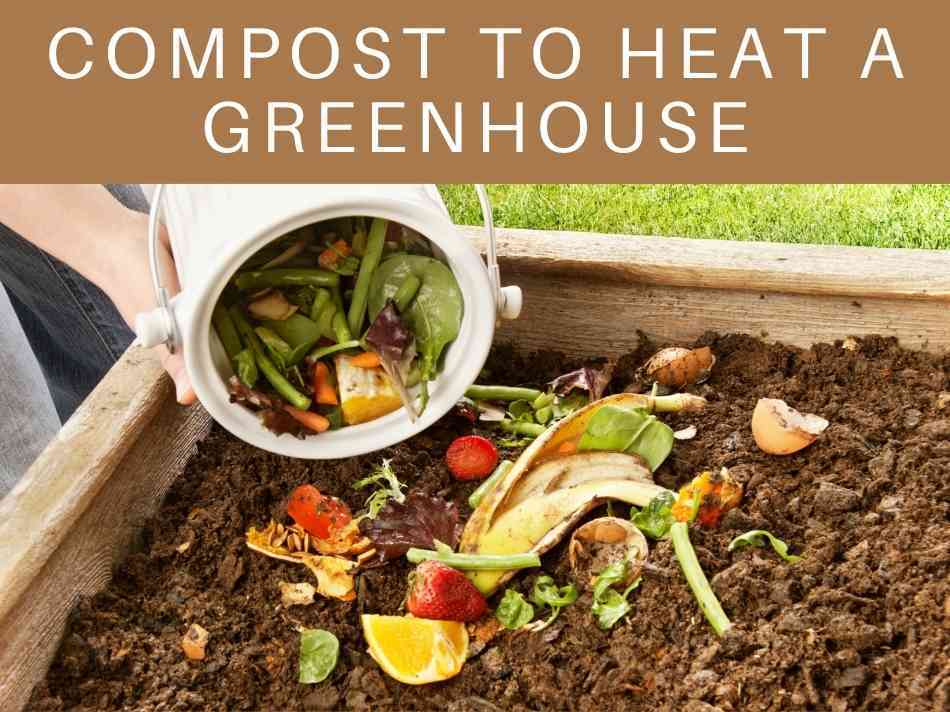
Compost goes one step above absorbing heat: compost generates heat.
Compost can be a pile of organic materials that decompose and create nutrient rich soil for your future plants. For now, we’ll ignore all the chemistry that goes into the decomposition processes involved in compost.
Simply put, compost breaks down organic materials into soil, and through this process, produces heat.
In addition to helping to heat your greenhouse, compost provides you with nutrient rich soil for your plants in the spring.
If you plan to use compost to heat your greenhouse, it’s most efficient if it’s placed in the center of the greenhouse. That way, its heat can radiate outward from the center of the greenhouse.
One drawback for compost is that it should not be used in an indoor greenhouse because it can attract mice and it can smell.
Using a thermometer
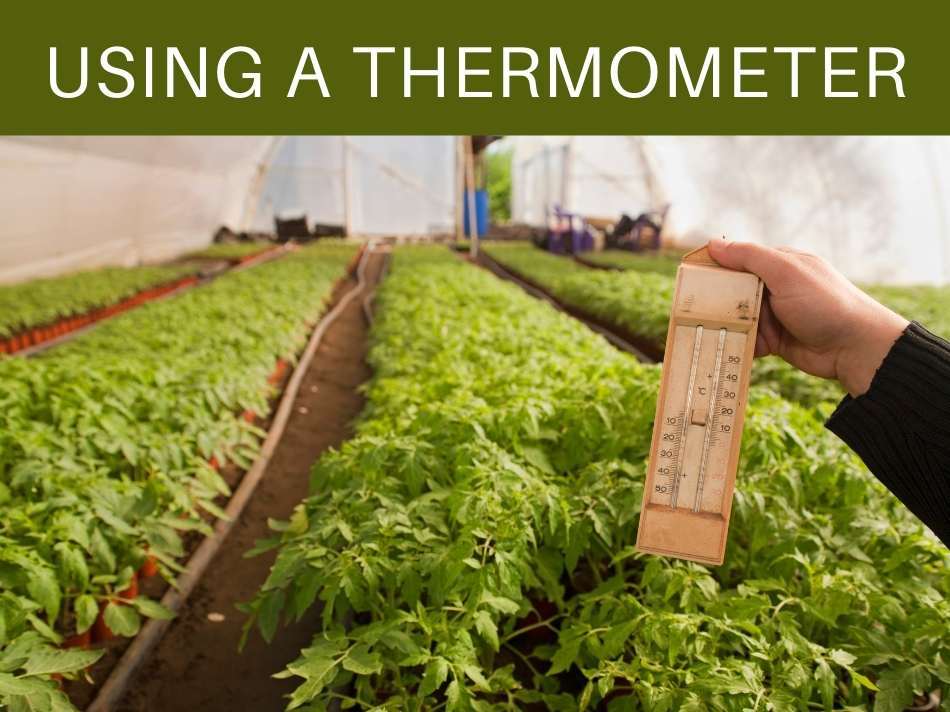
If you aren’t using a thermostat to control the temperature a thermometer, you may want to get a thermometer to help monitor the temperature inside your greenhouse.
You can track the maximum and minimum temperatures in your greenhouse, and compare those maximums & minimums to what your plants need. That way, you can see how well heat is maintained and how warm the greenhouse gets. This will help you gauge how well your greenhouse is insulated and if you need to make any modifications to your greenhouse to change the temperature.
Ventilation
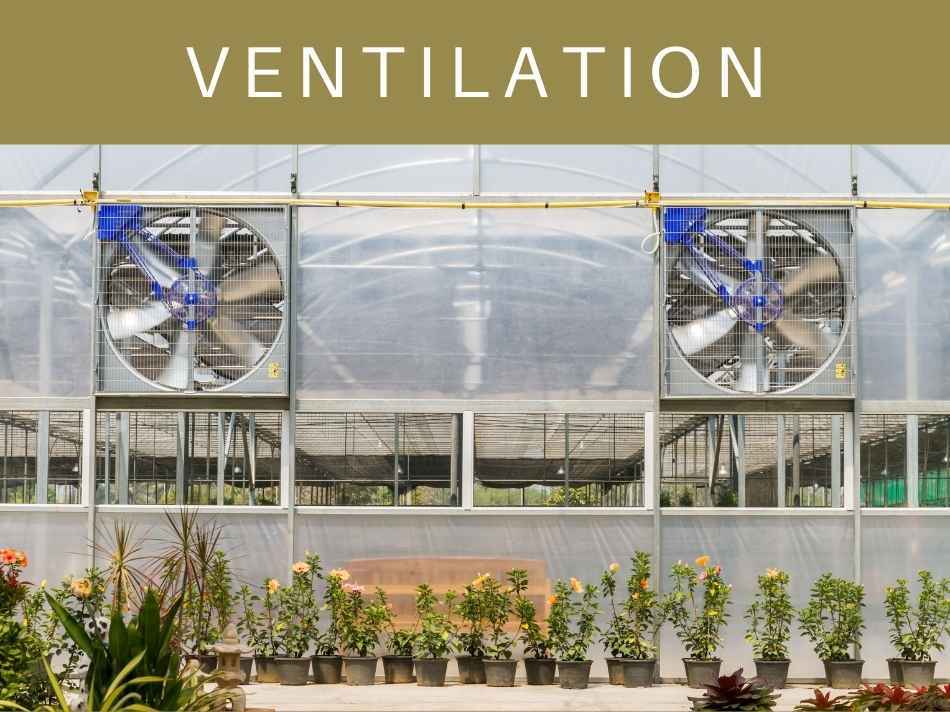
Although you want to insulate the plants so that heat does not escape, you still need to ventilate the greenhouse to prevent any disease from spreading to your plants. This can be done with fans or holes in the ventilation to allow for air flow. Cover the holes over the night when it is coldest and open them in the morning to allow for some air flow. Close the holes before the sun goes down to trap some heat before the sun goes down.
Recommended plants

Unfortunately, not all plants will do well in the winter. Unless you plan on pouring lots of money and time into your greenhouse to maintain ideal growing conditions, some plant will suffer.
That said, continuing to garden in the winter isn’t impossible. Choosing plants that are cold-tolerant or need less sunlight is the key to having a greenhouse that’s productive year-round.
You might be thinking that your options are fairly limited because of cooler temperatures, but a good greenhouse can maintain a temperature of 50 degrees Fahrenheit, even in cold climates.
A lot of plants can grow in this temperature range, and in fact, that temperature may be ideal for some vegetables.
Some plants even do better after a frost hits them (i.e. parsnips and brussel sprouts). So don’t be discouraged by dropping temperatures.
A good rule of thumb to determine whether a plant will do well in a cool or winter greenhouse is to consider the plant’s typical climate–where it was originally grown. For example, potatoes grow in cooler climates (e.g., Northern Europe, high altitudes in South America where it gets cold), so they can make it in a greenhouse in the winter. On the other hand, oranges are normally grown in warmer, Mediterranean climates, so they won’t do as well in a winter greenhouse that’s in, say Minnesota.
Some vegetables that can be grown in cooler climates are:
- Broccoli
- Brussel sprouts
- Kale
- Onions
- Garlic
- Carrots
- Beets
- Potatoes
- Strawberries
- Cabbage
- Turnips
Some flowers that can grow in cooler climates are:
- Amaryllis
- Azaleas
- Pansies
- Christmas cactus
- Larkspur
Outdoor versus indoor greenhouses
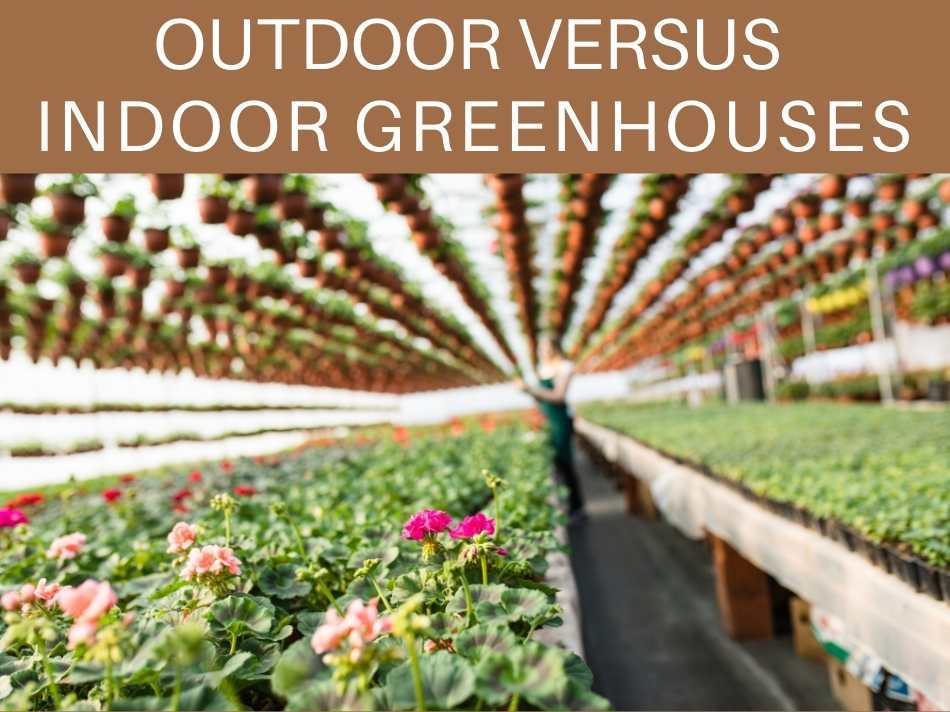
There are pros and cons of both an indoor and outdoor greenhouse.
For outdoor greenhouses, they can be larger and you can have compost in the greenhouse. But, they tend to be more difficult to maintain heat, and are subject to frosts and the damages caused by frost. To maintain heat, you’ll need to experiment with thermal mass, have very good insulation, and may need to put compost in the greenhouse.
Indoor greenhouses are typically smaller, and heating them is easier. For an indoor greenhouse, use the heat that you usually use in your house, and add some extra insulation. This way, you can plant plants that typically need more heat such as tomatoes and peppers. The biggest drawback is finding places that have the most direct sunlight. The best place for direct sunlight is next to a clean window.
Related questions
Do greenhouses need to be heated in the winter?
Yes. Although there are some plants that will survive in the cold winter, the majority of plants will need heat to be productive and live in the winter.
What temperature do you cover plants?
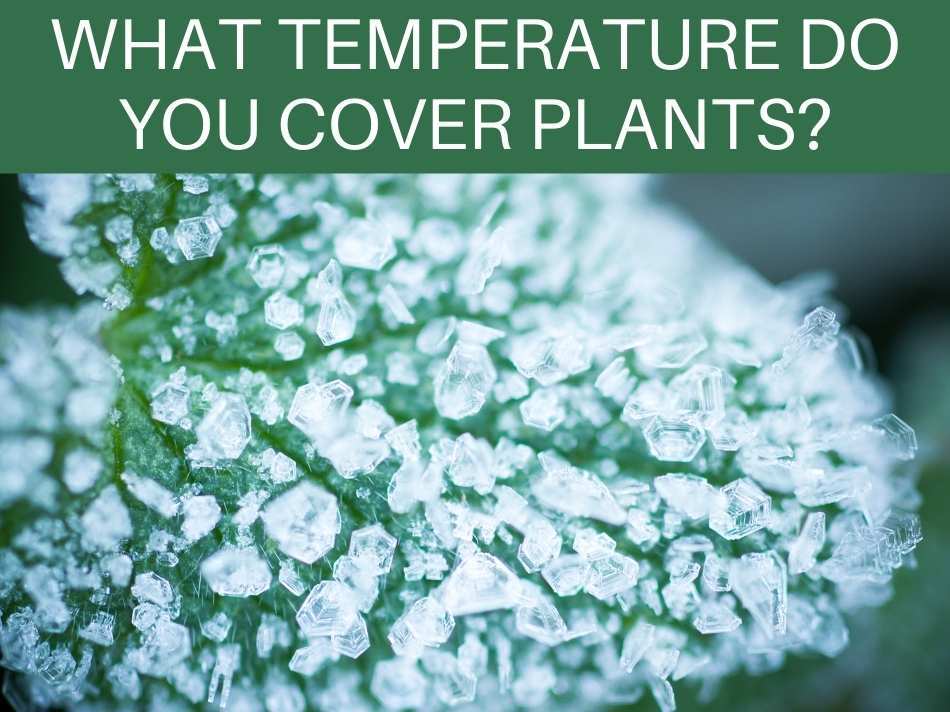
When ever temperatures drop below freezing, your plants are in danger of frost and death. So if the forecast says the temperature may drop below 32 degrees Fahrenheit, it is time to cover your plants.
Can you plant plants year round in a greenhouse?
Yes. There are some plants that will produce flowers and vegetables year round given the right conditions. Any plant you purchase may have information about the season for growing and the climate needed to grow that plant.
